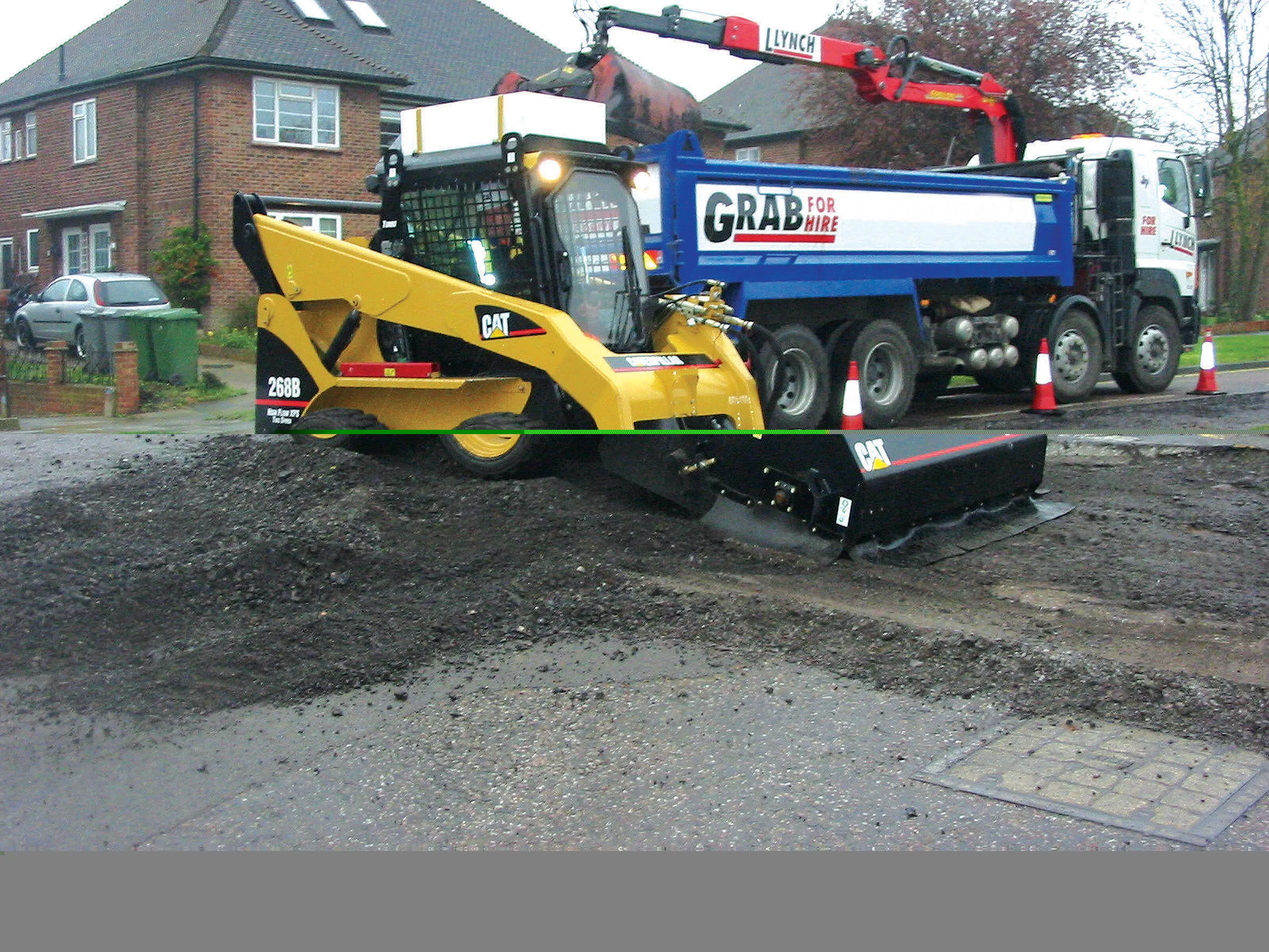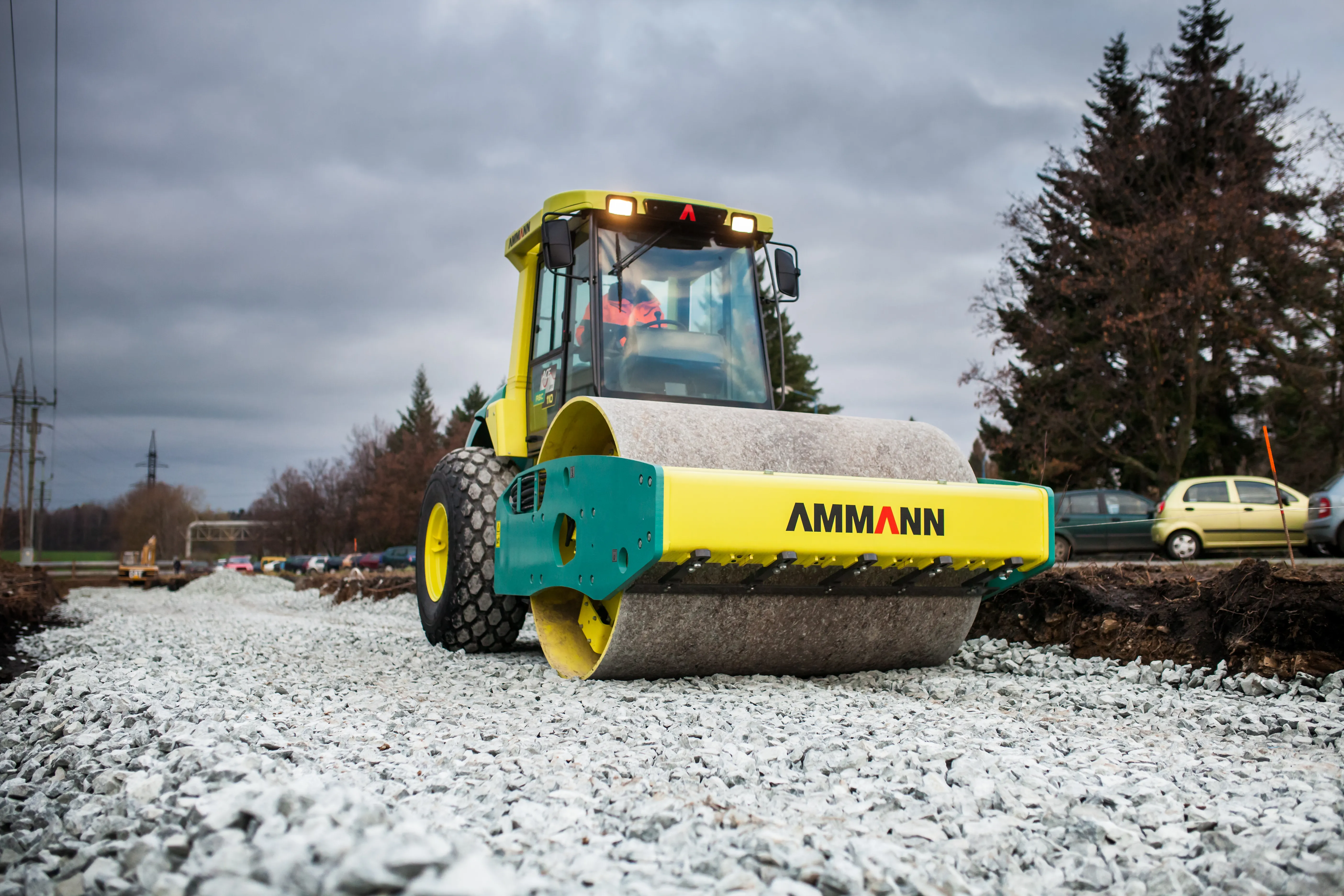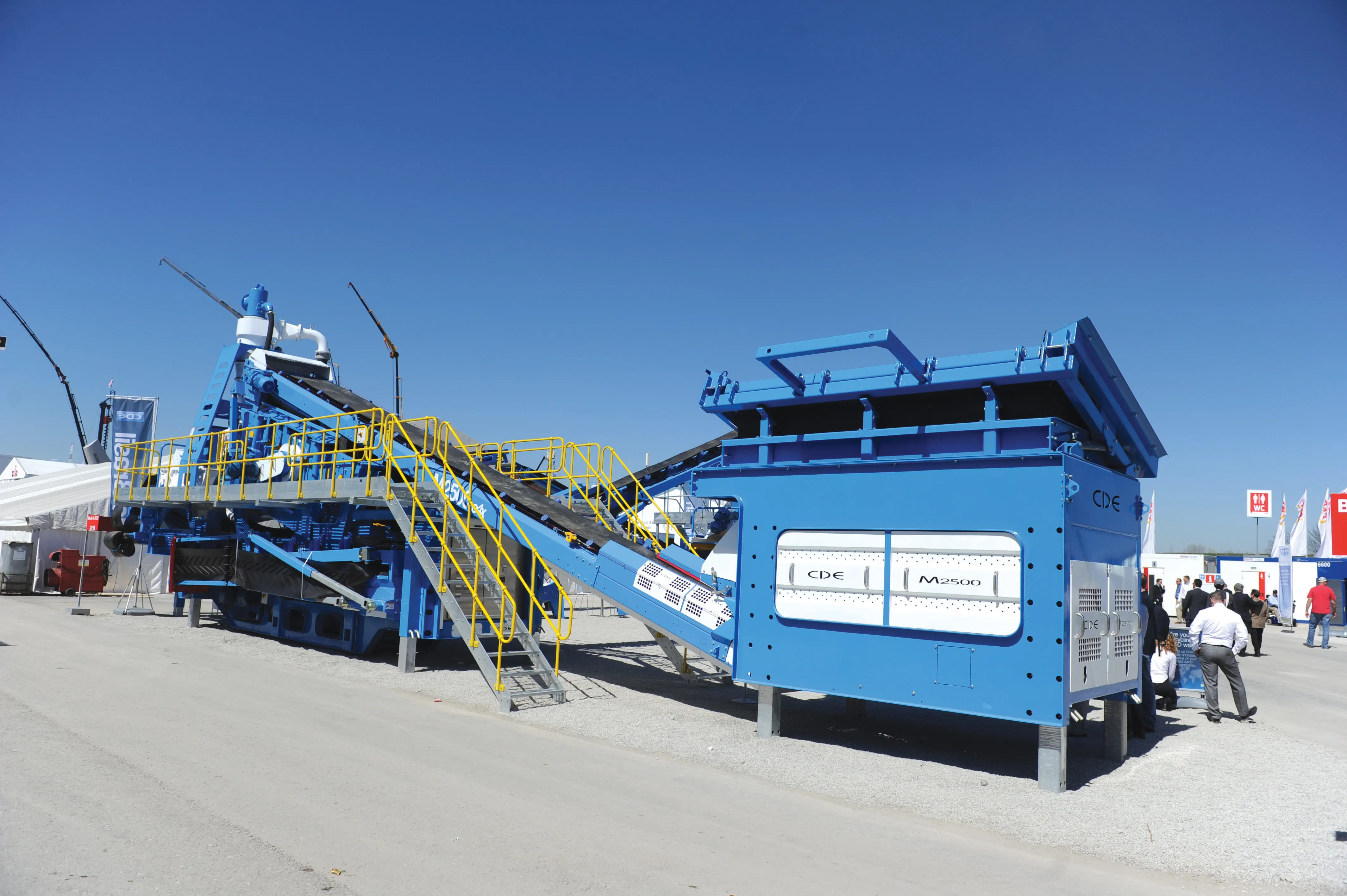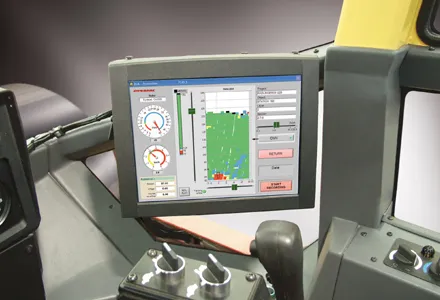Soil stabilisation offers a cost effective solution for road construction in the right conditions Ensuring the soil underneath the aggregate base of a road has been stabilised with cement, lime or fly-ash can provide a greater working life and a reduced risk of problems that can arise as the road ages, such as subsidence. The technology works particularly well in ground with high clay content and where there are local shortages of stone for use in aggregates. Reducing the need for aggregates where they are
July 20, 2012
Read time: 7 mins
Soil stabilisation offers a cost effective solution for road construction in the right conditions
Ensuring the soil underneath the aggregate base of a road has been stabilised with cement, lime or fly-ash can provide a greater working life and a reduced risk of problems that can arise as the road ages, such as subsidence. The technology works particularly well in ground with high clay content and where there are local shortages of stone for use in aggregates. Reducing the need for aggregates where they are not locally available with soil stabilisation and cutting potentially costly truck haulage requirements as a result will help keep construction costs in check, while still delivering a quality road project.A wide range of leading manufacturers offer soil stabilization and associated spreading packages, with
Global Consult says that its experience in the spreading and stabilising sector has resulted in a product range that is reliable, productive and durable, with new models now coming to market. The equipment is built in Belgium by Global Consult and is marketed by its subsidiary Global Consult France. The firm says these upgraded units have been developed through on-site experience with key features including dust proof binder tanks and effective materials distribution using four in-line spreaders, each with an independent drive.
The latest Alpha powder binder spreaders feature tank capacities of 8.5-18m³ and are either semi-trailed, or can be mounted on an on-highway truck or off -highway dump truck chassis. The Alpha B version offers binder transfer by means of conveyor belt; while the Alpha V version transfers material using augers. High precision is claimed for spreading operations while the units are said to be easy to operate and also highly manoeuvrable on site. Highly computerised, the units are also said to allow for high quality finishing and the firm intends to continue developing the line-up with a new generation of self-propelled Omega spreaders due to be launched at the
Terex Roadbuilding is in the process of upgrading and improving its soil stabiliser line and by next year the firm's entire model range will have been revamped. The smallest model, the RS350, has already benefited from an upgrade and appeared at the Conexpo show in Las Vegas earlier this year. The RS350 points the way forward and one of the key features of this machine is the availability of a cab, which should help develop export sales outside of North America. Larry Jack is in charge of the Oklahoma City facility and said, "Product developments such as fitting cabs on the stabilisers will allow them to meet world demand."
The next machine being upgraded in the stabiliser range is the larger RS445 model, with the first prototype undergoing testing at the plant. The RS445 will take the place of the current RS425 and is also being offered with the option of a cab as well as a two speed, hydrostatic drive to all four wheels. Other improvements for the RS445 include a new cutter drum and transmission system. The production model will be unveiled at the
Materials technology Improving soil properties also relies on the chemicals used. Claycrete is an Australian technology now being marketed through the Caterpillar dealer network that was initially developed to increase the performance of dirt and gravel roads and has been used to improve haul road quality for the mines of Western Australia. However Caterpillar has seen the potential for wider opportunities with Claycrete into the construction sector, which is why the two companies signed an exclusive marketing agreement. Claycrete is an additive that can be mixed in with soil (using a stabiliser or with a ripper on a grader or dozer) and compacted.
At present Bob Ringwelski is in charge of Caterpillar's side of the Claycrete partnership. He said that Claycrete offers a more comprehensive package than previous soil modifiers and explained, "It is a chemical that we mix into the soil, but secondly and more importantly is the site engineering and we send an engineer to look at the site.
Caterpillar sees plenty of potential in boosting the quality of dirt and gravel roads used in rural areas and developing countries. Ringwelski said that it should be of particular interest to the Brazilian market, where there are extensive networks of dirt and gravel roads that need to be improved to boost transport links from food producing areas. Ringwelski said that Claycrete does work best in certain conditions, particularly if there is high clay content with little or no silt.
Importantly, Caterpillar is now investigating further opportunities for this technology and Ringwelski said that Claycrete could combine much-needed cost reductions with surface improvements for the customer. Early tests suggest that the chemical could reduce the quantities of asphalt and aggregates required, although Ringwelski said that extensive trials will have to be carried out before it can be specified.









